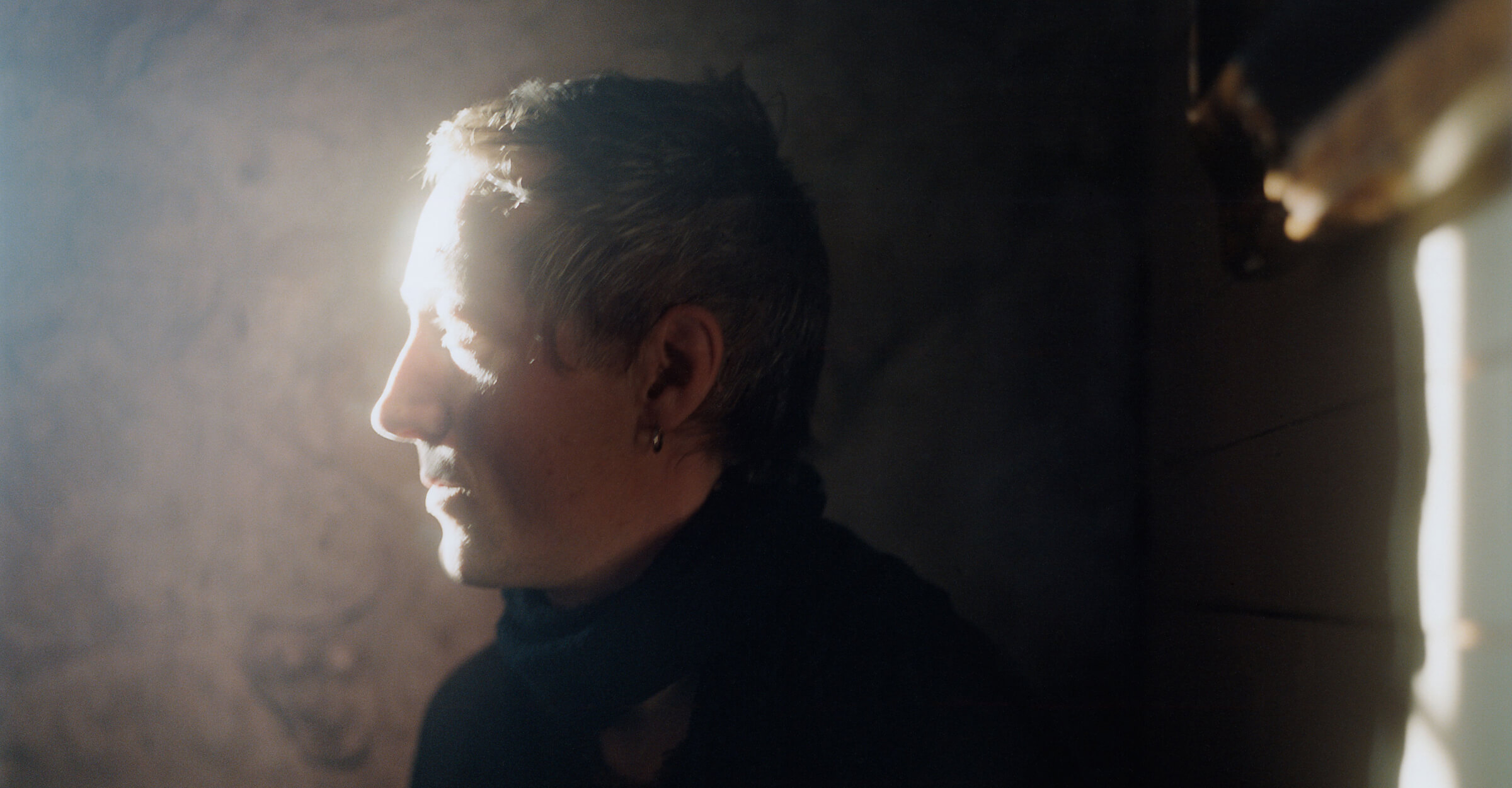I had two big passions when I was a boy in Stockholm—music and film. Every day I practiced classical piano and, in the evenings, I went to screenings at the city’s cinematheque.
One day in 1989, a member of the staff asked me if I could accompany a silent film at an upcoming screening of Eisenstein’s Battleship Potemkin. She had seen me there watching movies almost every night and knew I played the piano. I, of course, said yes. When the night arrived, I brought some classical sheet music I thought suited the film. When the film started, I played for five minutes and then began to panic, as the piece I was playing was about to end. It was a horrifying moment; I didn’t know what to do. When the piece ended, I jumped to another piece I had brought, but it didn’t feel true to the images on screen. I had to read the sheet music in front of me, so it was hard to watch the film and follow its progress. I was desperate. I decided to stick with chords from the pieces I had already played. So I picked three and repeated them endlessly, occasionally inserting some simple melody. If I stopped playing, the silence became spooky, the film’s images turned ghostly. I had to play something! When I began to play again, the film came back to life.
As a classical pianist I had never improvised before, so this was a completely new experience for me. In hindsight, I couldn’t have agreed to play for a more difficult film. Battleship Potemkin is challenging for any musician. Eisenstein’s editing is so extreme and the visual storytelling is rapid fire. Since that first scary night, I have continued to play for silent films. Nowadays, I write complete scores for contemporary films as well as music for piano and ensemble accompaniment for silent films.
I wrote my first ensemble score for Victor Sjöström’s Phantom Carriage. The music was very simple, but the approach was unusual. To prepare for the performance, I practiced a kind of method acting with the musicians. I wanted these wonderful musicians to interact with the film during the performance, to respond to the drama in front of us, and to feel with the characters in the story.
I made two simple rules: all eyes must be on the screen and the dynamics of the film must be followed as closely as possible. If you follow a film in this way, the film and the score become one. This method was a new way for the musicians to work. They had to think like actors and play with empathy for the characters.
In my experience, making music for silent film and contemporary film is not that different. There is by necessity a lot more music, as a silent has no talking or ambient sounds. The directors, too, of silent films are usually dead and have left little behind in the way of instruction about the music for their films. The biggest difference, however, is that it’s performed live.
Accompanying silent film is a developing art form, even today, one very much alive at the San Francisco Silent Film Festival. And as an art form, it changes over time. There is a wide gap between strict traditionalists—who accompany silents with music only from the era—and those who use the film almost as a backdrop for a concert, accompanying without paying attention to the film and the story. For me, the most important things when playing for a silent are to take the film seriously and to have a passion for silent cinema. As an ensemble playing for a silent, we want nothing less than to erase the time gap between our era and the silent era—to make these beautiful moving images rise out of the past and come alive in front of us.
When I started composing music for films I used a lot of notes, creating a very dense accompaniment. Now I’m more interested in seeing how little music is needed, how I can use silence as a musical component. If I can bring as little music as possible to the pictures, the audience can bring their own thoughts and feelings to the images.
Subtle changes in the mood of the music bring attention to the sometimes invisible psychological layers in the story. The music can reveal more than the eye can see: imaginary landscapes for the audience to travel within—no detailed road map but a guide, a way to awaken emotions and states of mind.
The Ensemble works with different layers in the music and sound for silent films. “You don’t have to hear the door close when you see the door close,” as René Clair said, defining his asynchronous music for films. It is possible to make a sound other than a door slam and still elicit emotion. Subjective sound can also add an interesting layer, when the sound in the film mirrors the sound in the character’s head.
My approach to silent film music has also evolved. Right now, I’m very interested in combining the piano with a soundscape derived from small electronic devices, like transistor radios, filters, and other low-fi objects. A lot of objects around us have sound possibilities that can be very effective and poetic in film. I’m constantly looking for new-sounding objects like a toy banjo I recently found at the Alameda Flea Market. The object is not only what it is meant to be but also its possibility, as in musique concrète.
The Matti Bye Ensemble has been together for years and we work very intuitively together. Kristian Holmgren and I start out watching the film over and over and analyzing it. And we trust one another when we play live. If any of us miss something going on in the film, the others will instantly be there.
Image credit: Pamela Gentile

